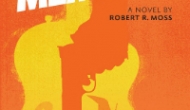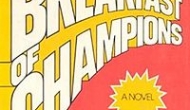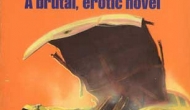Go to a movie theater, bookstore or other location that dishes out the pop culture and do your best to avoid anything dystopian. You can’t. The Hunger Games filled the shelves at the bookstore for several years only to be spun off into movies. And The Hunger Games spawned a myriad of similar novels. Elysium is only the most recent of a spate of dystopian stories that have served as the foundation for summer blockbusters for years.
But where is the love for utopia?
Today is as good a day as any to set aside the dark dystopian worlds being pushed upon the masses and consider the other side. Today is the day Austin Tappan Wright was born. Austin Tappan Wright developed one of the most fascinating Utopian novels that no one has ever heard about. When I first discovered this book at a local bookstore, I had no idea what lay in store. By the time I was done, I was totally engrossed. So lets explore one of the great unheralded gems of Utopian literature.
Islandia by Austin Tappan Wright
Austin Tappan Wright was born August 20, 1883. He attended Harvard and briefly Oxford as well. He made a career of being a lawyer as well as a teacher. He was well published in the professional journals of his time. Those scholarly publications belie what might have truly been his passion. The development of a complete Utopian fantasy about a country called Islandia on a continent he imagined. Islandia was dreamed up when he was a child and, by the time of his death, encompassed a 2300 page unpublished manuscript detailing every aspect of Islandia. A companion document described the history of the country. The level of detail was extraordinary. And he never published it. It remained a labor of love.
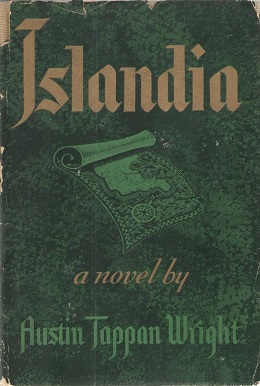
First Edition Islandia –
Austin Tappan Wright died in an automobile accident in 1931 at the age of 48. At the time of his death, his wife Margaret undertook the task of typing up and editing his immense manuscript he had left behind. Six years later, she died, leaving the work unfinished. For another five years, their daughter, Sylvia, worked to complete the daunting project of creating a novel from his notes. More than ten years after his death, the continent he dreamed up as a child was ready to be revealed to the world. The novel, Islandia, still voluminous at over one thousand pages, was published in 1942. His papers, notes and other documentation are now stored in the Houghton Library at Harvard.
Islandia is set in the early 1900’s on a continent in the southern hemisphere. The story follows an American, John Lang, who falls in love with an Islandian student and, upon graduation, moves to Islandia. Much of the novel deals with the experience Lang has exploring the country and the culture of Islandia. The people lead simpler lives than their real world counterparts and are much more in tune with nature. It delves into trade negotiations (my apologies for any Phantom Menace flashbacks that might cause), the role of technology and interpersonal relationships. But throughout the novel, the one thing that stands out most is the incredible amount of detail that goes into the building of the world of Islandia, the scope of which has been compared to Lord of the Rings, by J.R.R. Tolkien. It is an apt comparison. Incredibly detailed descriptions of geography, flora and culture immerse the reader into the unknown until you feel at home yourself in this foreign country. By the end of the novel, you forget that this country doesn’t even exist.
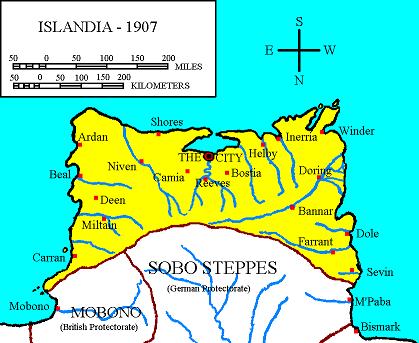
Map of Islandia
While never a bestseller, Islandia captured the imagination of enough people to warrant three sequels. These books further delve into the history of the continent based on the background notes left behind by Austin Tappan Wright. The sequels further develop the Utopian ideals laid out in the original novel while providing an extraordinary amount of background to events that were only mentioned in passing at first.
Amazon currently has the book ranked #746,067 in books solidifying it’s spot as one of the great unheralded Utopian novels of the 20th century.
Jay Hood (Section Chief Shea Garage/Contributing Editor)
Jay Hood has lived in Baltimore, Maryland for the past 25 years. He likes to travel and is an avid photographer. His photography has been featured in several obscure and unassuming locations, such as John Ball Zoological Gardens. He does not eat vegetables and is learning to enjoy seafood. He strives to keep his DVR no more than 40% full. Comfort is paramount and he is not above a little slacking.
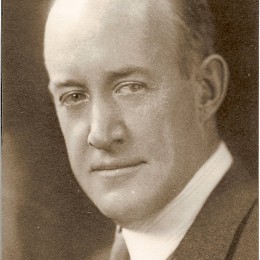

![Sunset - Pelham Shore Park - Long Island Sound [PHOTOS]](https://sheamagazine.com/wp-content/plugins/special-recent-posts-pro/cache/MjAwMTAwbm9JTUdfMzM3MC1SRVNJWkU=.jpg)
![Scenes from Washington Square Park - NYC [PHOTOS]](https://sheamagazine.com/wp-content/plugins/special-recent-posts-pro/cache/MjAwMTAwbm9JTUdfNDA1Mg==.jpg)




![Let's Go to the Empire State Building - Shall We? [PHOTOS]](https://sheamagazine.com/wp-content/plugins/special-recent-posts-pro/cache/MjAwMTAwbm9JTUdfMzkxNjE=.jpg)

![Let's Go to Chinatown, Shall We? [PHOTOS]](https://sheamagazine.com/wp-content/plugins/special-recent-posts-pro/cache/MjAwMTAwbm9jaGluYXRvd24tMi1idy0=.jpg)




